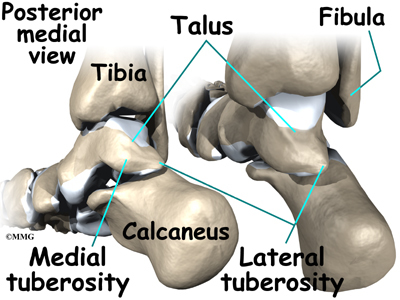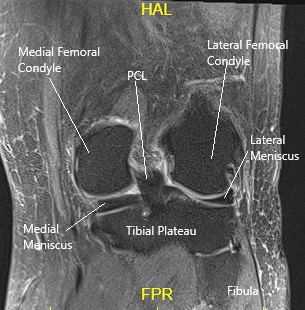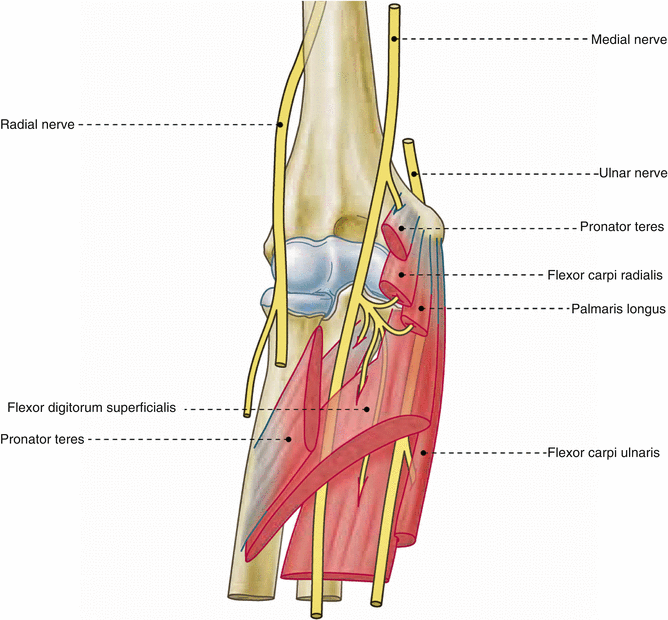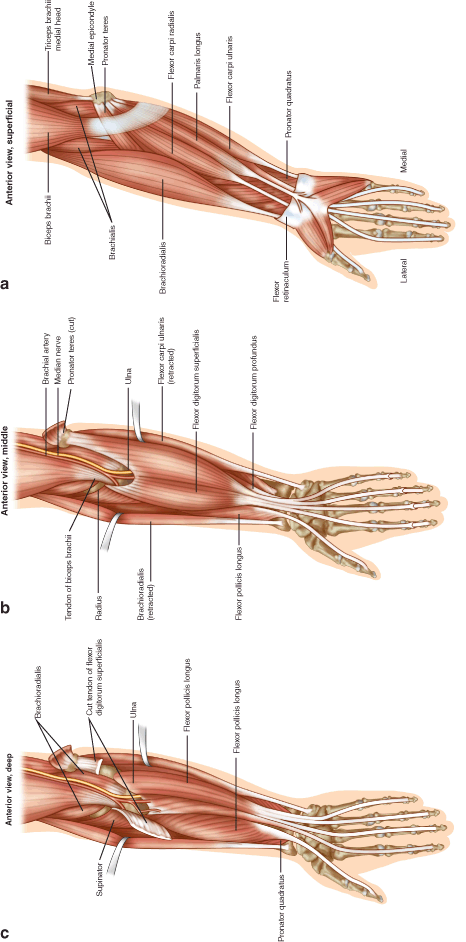A sports medicine physician can try to make this diagnosis by physical examination recreating the patient s symptoms by palpation of the area of inflammation and impingement.
Medial gutter impingement.
The subsequent fibrosis and thickening of the injured posterior tibiotalar ligament and posteromedial capsule cause impingement between the medial wall of the talus and posterior margin of the medial malleolus resulting in formation of collagenous and fibrous meniscoid lesions and synovitis at the posteromedial ankle.
With this reduced inflammation the reduced pressure from the thickened capsular tissue may help relieve the impingement within the medial or lateral gutters.
It is important to clean the outside of the ankle prior to injection with betadine or chlorhexidine gluconate swabs so as to avoid infection to the prostheses.
3 over time a meniscoid lesion is often the result of the lateral ankle injury.
Impingement after tar can be a source of pain and decreased patient satisfaction which in turn results in poor outcomes.
Impingement after tar can be a source of pain and decreased patient satisfaction which in turn results in poor outcomes 1 impingement is of an unknown complex etiology and is likely multifactorial.
Anterior ankle impingement typically occurs in athletes who have played years in sports that involve a kicking motion or repeated ankle extremes of motion.
Initially posteromedial symptoms do not predominate compared with the symptoms of the lateral ligament disruption and they usually resolve without specific treatment.
Anterior ankle impingement is a source of chronic ankle pain seen in athletes that complain of longstanding chronic pain in the front of their ankle.
Often nonoperative management is not successful in the setting of impingement after tar.
Anteromedial ankle impingement can occur as a consequence of anterior tibiotalar ligament injury with subsequent synovitis osteophyte formation from repetitive microtrauma fractures and or chronic ankle instability causing mechanical entrapment of the anteromedial part of the tibiotalar joint capsule 1 4.
Medial and lateral gutter ankle impingement may result after total ankle replacement tar.
A tourniquet is used in all cases.
The leg is exsanguinated and a thigh high tourniquet is inflated to 300 mmhg.
Often nonoperative management is not successful in the setting of impingement after tar.
Ankle impingement can hurt along the medial gutter as well white circle.
X rays are often unremarkable but an mri or mr arthrogram may demonstrate the impingement.
1 impingement is of an unknown complex etiology and is likely multifactorial.
3 during an inversion ankle injury the anterior talofibular ligament and calcaneofibular ligament are affected as is the distal syndesmosis.
Thus surgery is often pursued.
Thus surgery is often pursued.
The anterolateral ankle gutter is the most common site of ankle impingement.











































